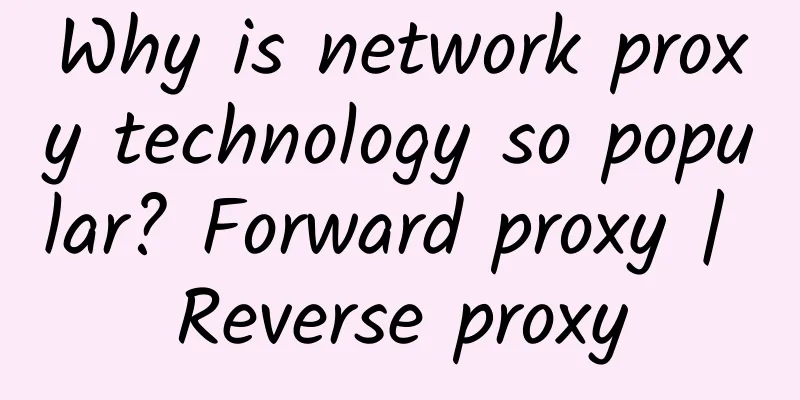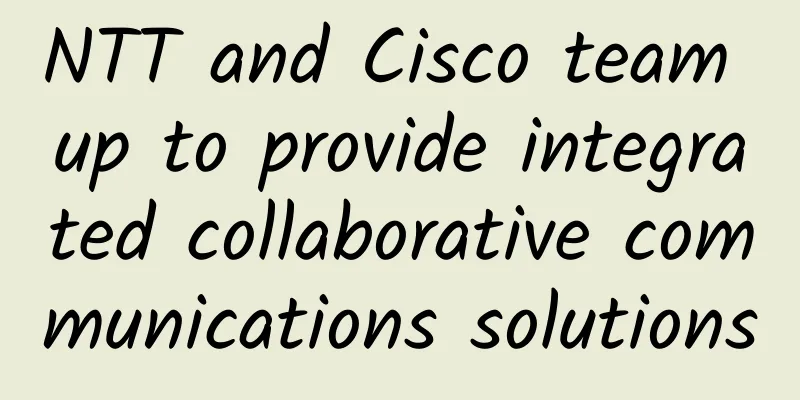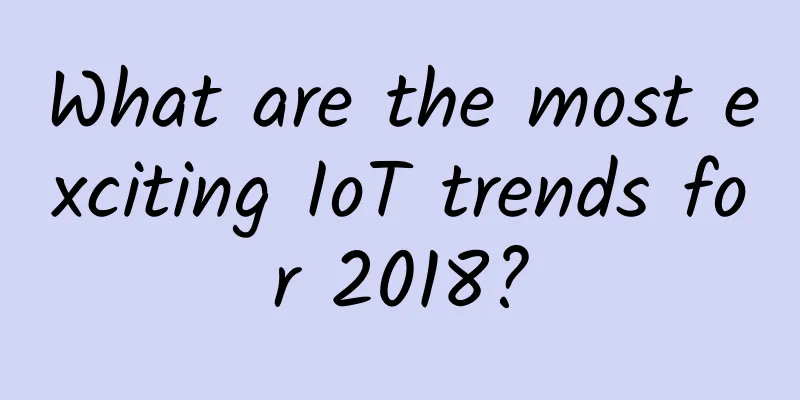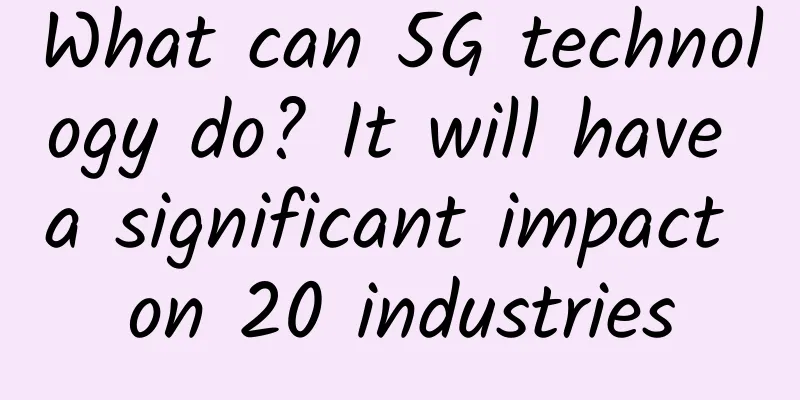What else does a smart city need besides technology?
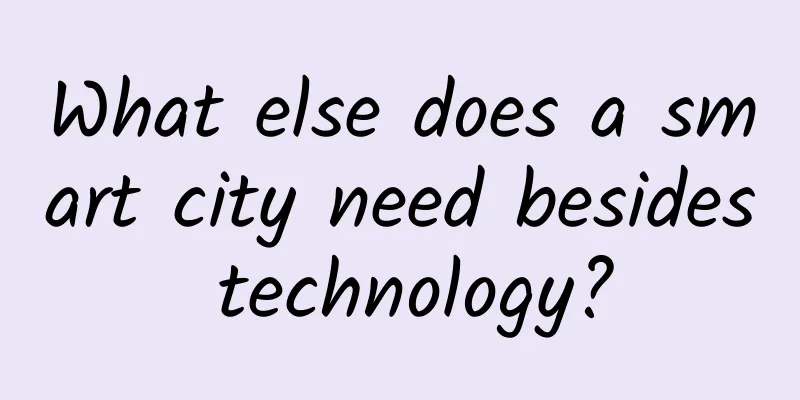
|
There are questions that need to be answered about building smart cities, such as how should people be housed? How should they get around? How should waste be managed? Answering these questions is no easy task, as the planet’s sustainable future depends on building good solutions to all problems. Modern cities face many incredible challenges, such as the fact that the population is growing at an alarming rate. The United Nations predicts that by 2050, nearly 70% of the world’s population will live in cities. Cities are symbols of empowerment, bringing people together to work, socialize, learn and live. For a long time, many people have talked about the potential of cities to further stimulate their residents by becoming smarter, more efficient and more sustainable. Across the world we are seeing this discussion beginning to emerge; through projects that are starting to deliver on the true promise of smart cities and how they can improve our lives as citizens. What else does a smart city need besides technology? Building a smart city requires more than just technology.Projects like this go far beyond simply providing connectivity to all or providing access to information about public services such as transport. Smart city initiatives are digitally transforming public services, revolutionising the way the built environment is built and managed and the way we interact and live in those environments. However, smart cities as a holistic vision are more than just technology. Smart cities are also about thinking smarter, with the goal of solving human problems. Smart cities need to solve problems such as how to improve road networks and transportation infrastructure, or how we design and use public spaces to make them more liveable and modern while integrating with technology rather than putting it first. While large technology companies often grab the headlines when it comes to smart cities, the truth is that successfully designing and executing smart city initiatives requires more than just technical know-how. For example, one of the biggest issues that smart city design must address is the heat island effect that warms our cities. Because solar radiation is trapped in urbanized environments, the heat island effect can have a significant impact not only on temperature, but also on pollution levels, unusual weather patterns, and human health. To counteract this effect, the built environment is adopting new approaches, such as adopting new materials (such as heat-reflective roofs and pavements) or increasing green space, especially the number of trees. For example, the Smart London Plan announced by London Mayor Sadiq Khan at the start of London Tech Week 2018 is a good example of a proposal that recognises the need for engineering expertise. The plan mentions the need for collaboration between the technology and engineering communities and calls for major joint procurement to enable a new generation of smart infrastructure. What are the challenges of building a smart city?One of the most important challenges faced when building smart cities is doing it in a sustainable way. The 2019 Circularity Gap Report recently released by the NGO Circle Economy points to the fact that we reuse only 9% of the world’s resources. Closing the gap will have a serious and lasting impact on our impact on the environment, but doing so will require more than just cutting-edge technology. It requires sweeping changes in the way we design and build new infrastructure, a challenge that those in the built environment typically deal with. There are also obstacles to coordinating smart city projects. Consulting firm Bloomberg Associates has advocated that cities follow the lead of London, New York and other countries and appoint a chief digital officer to manage and direct smart city projects. This is undoubtedly a huge asset for those who have the resources, but given the current public financial environment for local governments, it is an asset that few can afford. This is where city planners and local authorities should look to those in the built environment for guidance. Seeking out those who understand the marriage of engineering and technology can help local authorities fill the skills gap for chief digital officers, allowing them to take advantage of logistics, planning, design and construction expertise without the added cost of additional work. Building cities that can cope with the rapid urbanization they are experiencing requires ambitious planning and innovative action. Issues such as waste management, urban heat islands, air quality, and adopting a circular economy approach to resource management are not technical issues, but engineering issues. While not all local governments can afford the luxury of a chief digital officer, that does not need to curb their plans or ambitions. By tapping into the experience of those who understand the combination of technology and engineering skills, they are well placed to transform precious public finances into ineffective smart city initiatives that benefit local residents and enable businesses to become more successful and sustainable. Only when more smart city initiatives recognize these needs will we begin to create urban environments that are resilient to current and future environmental and social changes. |
Recommend
The Ministry of Industry and Information Technology plans to speed up the network. How far are we from 5G and Gigabit?
[[182163]] On January 17, the Ministry of Industr...
5G security from the perspective of the US report on 5G infrastructure threat factors
introduction On May 10, 2021, the National Securi...
5G Ready: Enabling Technology to Prepare for the Future of Work
5G opens the door to major technological advances...
Average tariffs to drop by another 10%. Senior management has given operators another task target! Are you ready?
At this year's two sessions, the top leadersh...
COVID-19 impacts industries, 5G and broadband will become a top priority
Biden is hoping to finalize an infrastructure bil...
How to address network automation risks and tasks
Many network engineers and network administrators...
Moving forward amid challenges: A review of the top ten events in the 5G field in 2020
Time flies, and in the blink of an eye, 2020 has ...
Is intelligent virtualization technology eliminating data silos?
In the ever-changing information age, companies t...
Software testing requires understanding of these network knowledge points
1. Network Classification Telecommunications netw...
How NFV systems converge virtual network services at the edge
Think back to the days before smartphones, when p...
Weekend news! Under the US ban, Huawei has won over another major European country and become a core 5G supplier!
Because of 5G technology, the United States has s...
How do LoRa and LoRaWAN help build smart cities?
Smart city networks power everything from self-dr...
A practical guide to running databases across regions and Kubernetes clusters
Translator | Kang Shaojing Planning | Yun Zhao Am...
How to choose between open source self-built/hosted and commercial self-developed trace?
[[419923]] With the rise of microservice architec...
5G is here. How to build the emerging edge DCs?
[[285118]] What does the data center and computer...


